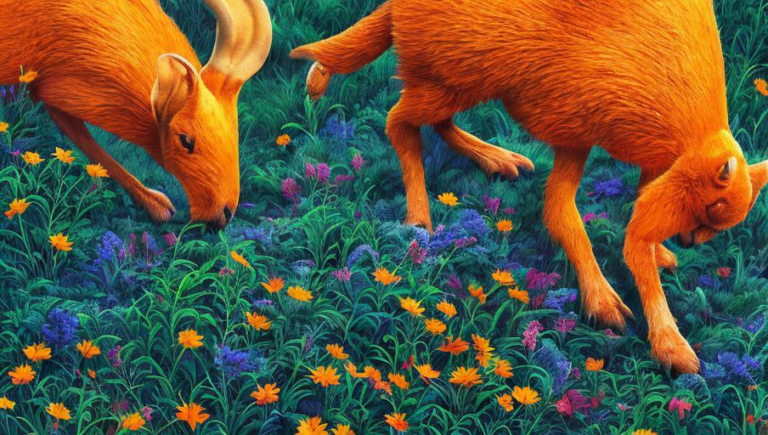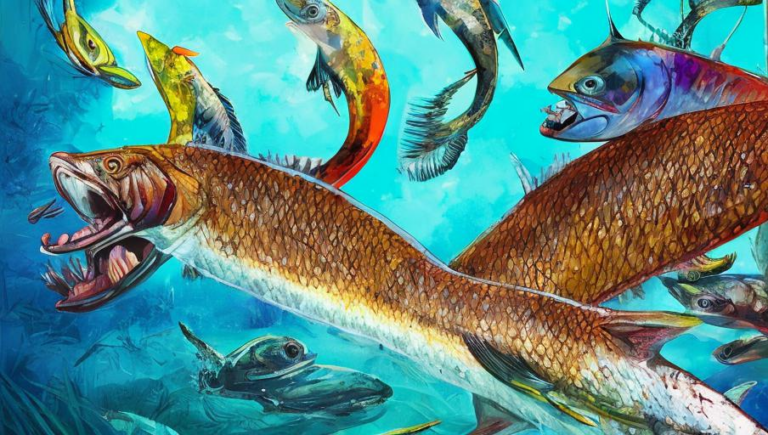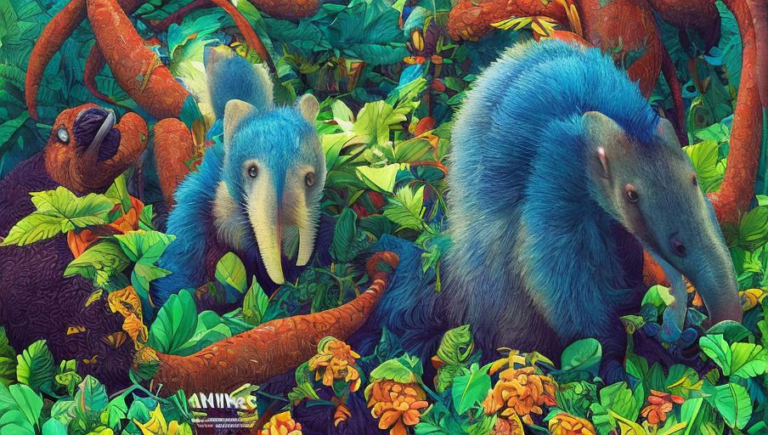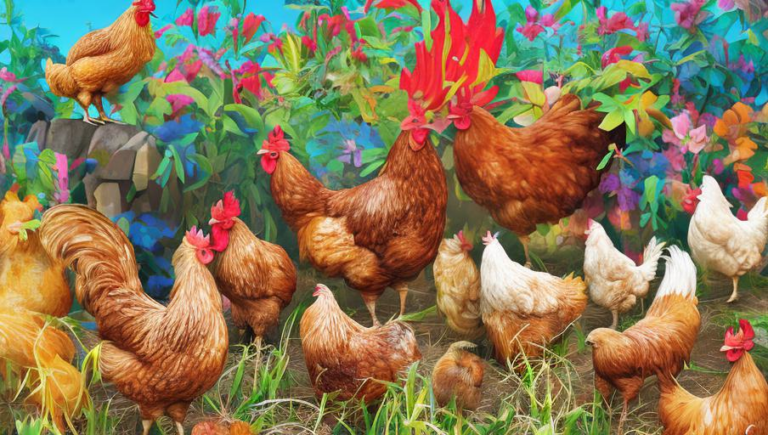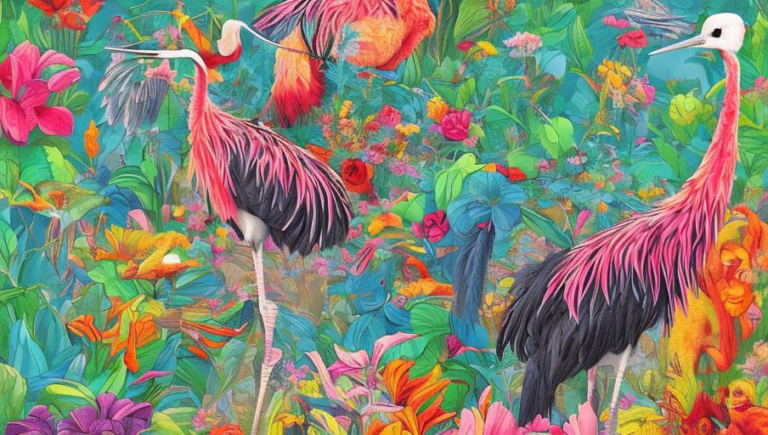Examining the Aardvark’s Evolutionary History
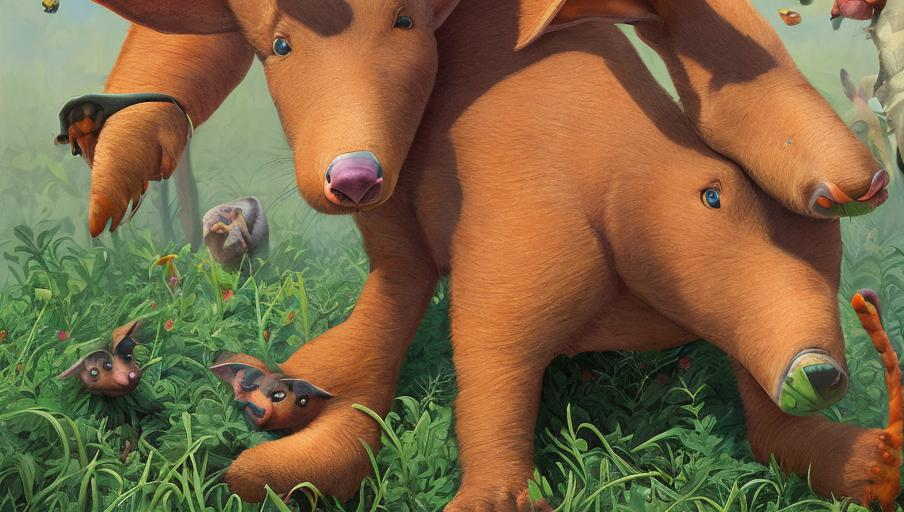
Introduction
The aardvark is an unusual animal, belonging to the order of Tubulidentata. It is nocturnal, burrowing mammal found in Africa, and is the only living species in the order. Aardvarks have a long evolutionary history, and the study of their evolution is an important part of understanding their biology and the environment in which they live.
Appearance and Characteristics
The aardvark is a medium-sized mammal, weighing between 35 and 65 kilograms. It has a long snout and a thick, leathery skin that is covered in fur. Its hind legs are longer than its front legs, giving it an ‘elbowed’ appearance when it stands. Its ears are long and its tail is short and thick. Its primary adaptation is its powerful digging claws, which are used to dig burrows and to help it search for food.
Evolutionary History
Aardvarks are believed to have evolved from an ancestor in the order Tubulidentata, which is thought to have originated in the Miocene epoch. The aardvark’s closest living relatives are the elephant and hyrax, and its fossil remains have been found in deposits from the Early Miocene through to the Pleistocene. It is believed to have first appeared in Africa, before spreading to other parts of the continent.
Aardvarks’ diet consists primarily of ants and termites, and their long snout and powerful digging claws are adaptations to this diet. They also have a keen sense of smell, which helps them locate their food. These adaptations have been crucial to their survival and have enabled them to thrive in their habitats.
Adaptations to the Environment
Aardvarks are able to survive in a wide range of climates and habitats, from deserts to woodlands. They are able to regulate their body temperature by burrowing into the ground and utilizing the temperature of the soil. Their powerful digging claws also enable them to create burrows and escape from predators. In addition, they are able to survive long periods of drought by utilizing their fat reserves, which can last up to three weeks.
Conclusion
The aardvark is an unusual animal, with an evolutionary history stretching back millions of years. Its powerful digging claws and keen sense of smell have enabled it to survive in a variety of habitats, and its burrowing abilities help it regulate its body temperature. Its diet consists primarily of ants and termites, and its long snout and powerful digging claws are adaptations to this diet. Finally, its ability to survive long periods of drought by utilizing its fat reserves has enabled it to survive in the harsh environments of the African continent.

